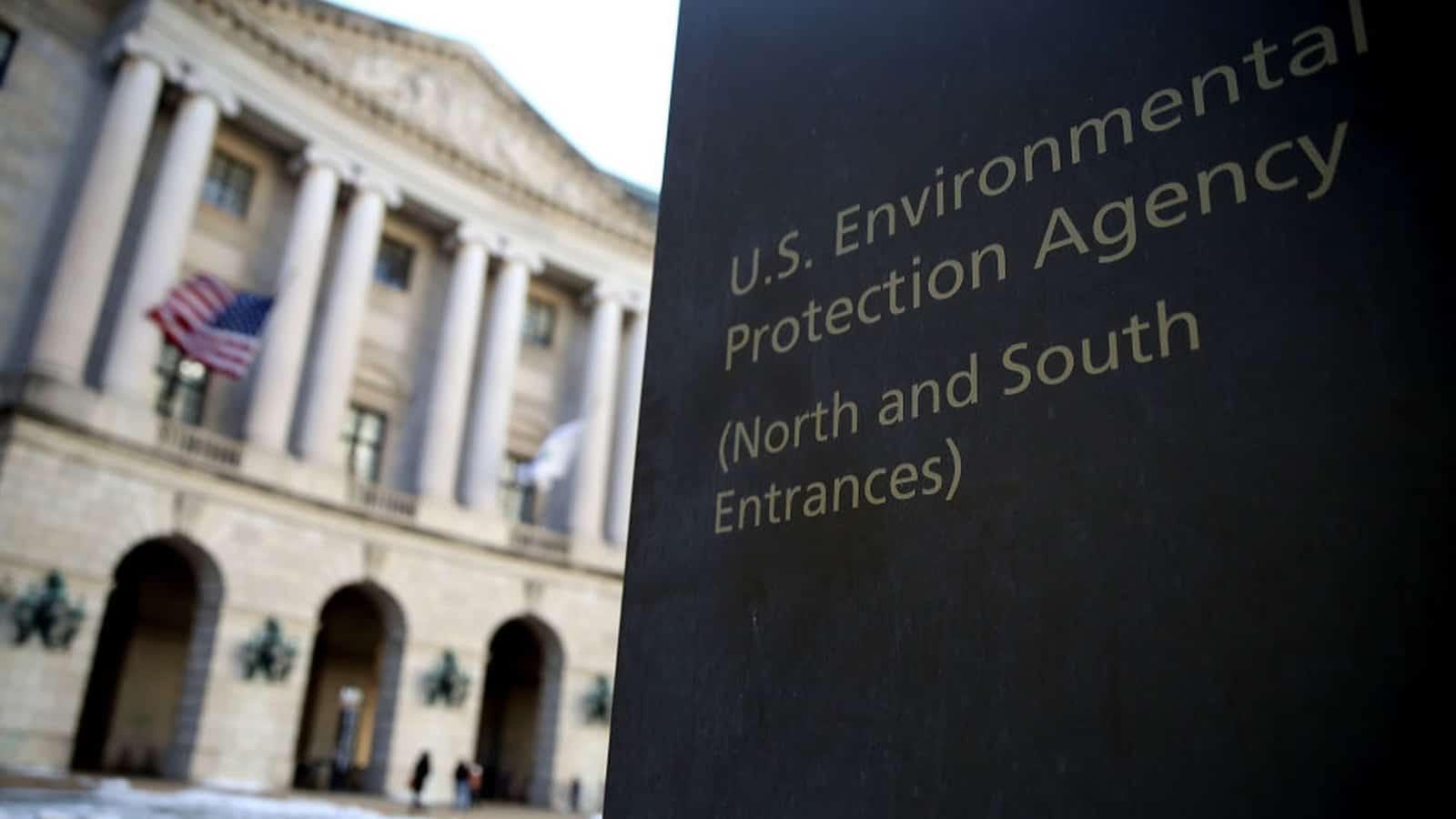Inflation Cooled in May

The yearly rate of inflation slowed in May to less than half of what it was at its peak last year, but it’s still far higher than the Federal Reserve’s goal, according to The Wall Street Journal (subscription).
What’s going on: Consumer prices increased 4% in May from a year earlier, marking the 11th straight month of slowdowns.
- On a monthly basis, consumer prices rose 0.1% in May, following a 0.4% increase in April.
- Core consumer prices—which exclude food and energy and are considered a better predictor of future inflation—rose 5.3% year-over-year in May, owing partly to increasing rent costs.
The good: “The U.S. economy has maintained momentum this year, staving off predictions of recession. The job market remains robust, and consumers have boosted their spending, though one measure shows economic output is falling. A possible credit crunch following the March collapse of a few regional banks could crimp the economy.”
The not so good: “While inflation has cooled significantly, higher prices for many goods and services are weighing on household spending decisions.”
What’s coming: The Fed meets today and tomorrow to determine its next steps for interest rates, which it has raised aggressively in the past year—though it probably will not raise them again this week, according to NAM Chief Economist Chad Moutray.
- The Fed “is likely to make no changes to the federal funds rate this week, but with inflation remaining more stubborn than preferred, it could hike short-term rates by 25 basis points at either or both of its July 25–26 and Sept. 19–20 meetings before hitting the pause button on rate changes,” he said.
EPA Proposes PFAS Standards

The Environmental Protection Agency has proposed the first federal limits on two chemical compounds that were used widely in everyday products for decades, The Wall Street Journal (subscription) reports.
What’s going on: “The agency is proposing maximum allowable levels in the nation’s public drinking-water systems for two compounds in a class of chemicals known as perfluoroalkyl and polyfluoroalkyl substances, or PFAS, which were used for decades in carpeting, clothing, food packaging, firefighting foam and other consumer and industrial products. The EPA also said it would regulate four other PFAS chemicals by requiring treatment if the combined level reaches a certain concentration.”
- The suggested limits under the Safe Drinking Water Act are part of a larger move by the EPA to tighten rules around “forever chemicals”—so known because they take years to break down—owing to “a growing number of studies [that] have shown links to a variety of cancers, thyroid disease, high cholesterol and other issues.”
- The two individual chemicals under discussion are known as PFOA and PFOS, which various industries began using in the 1940s for their ability to resist grease, corrosion, water and stains, as well as to douse fires.
Why it’s important: While the EPA says the change would prevent numerous deaths and illnesses, not everyone is assured of the soundness of the science behind it—and others say it would cost companies unnecessarily.
- Critics of the new proposed standard say the chemicals are still necessary components of numerous products, from cell phones to medical devices, and there are no viable alternatives. Moreover, when used correctly, PFAS compounds do not pose a significant health risk to humans or the environment, they say.
- One source told the Journal the new limits “would cost water systems $40 billion” in compliance-related spending.
Our take: “Everyone deserves access to clean drinking water, and manufacturers continue to do their part to ensure we achieve the highest levels of environmental stewardship,” said NAM Director of Energy and Resources Policy Chris Morris.
- “Manufacturers in America are committed to the communities in which they live and serve and are dedicated to protecting the health, safety and vibrancy of those communities. The EPA’s proposal leaves many questions unanswered on the feasibility of meeting these new standards and the economic impacts this will have on communities, especially rural communities and consumers. The NAM looks forward to continuing to work with the EPA to ensure everyone has access to clean drinking water.”
What to Know about Hiring Military Talent
With 200,000 people transitioning out of the military annually in addition to veterans, reservists and military spouses, the military population represents a highly skilled workforce. At a recent roundtable, panelists from Smithfield Foods, Dow and National Gypsum discussed how the manufacturing industry can leverage this population’s strengths.
Key Insights
- Manufacturers should identify a leader with military background in their organization to support the hiring process, particularly in parsing military and manufacturing lingo in job descriptions and resumes.
- Manufacturers should communicate if they will accept military experience as an equivalency to an associate’s or bachelor’s degree in their job descriptions.
- Networking can be the determining factor in getting an interview and landing a job offer. The MI will be hosting a virtual hiring fair in late February. Keep an eye on our website for more updates!
- Employee resource groups can be an excellent resource for newly hired military talent and can advocate for population-specific needs.
Read the full article here.